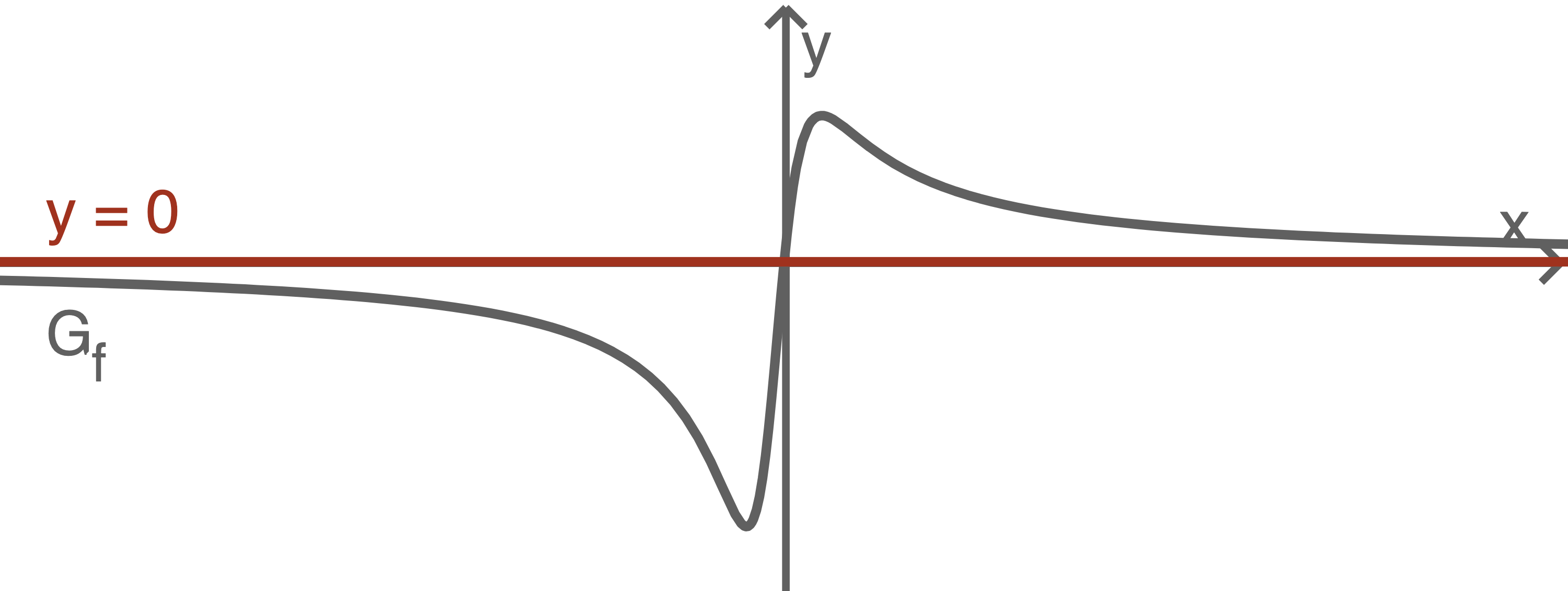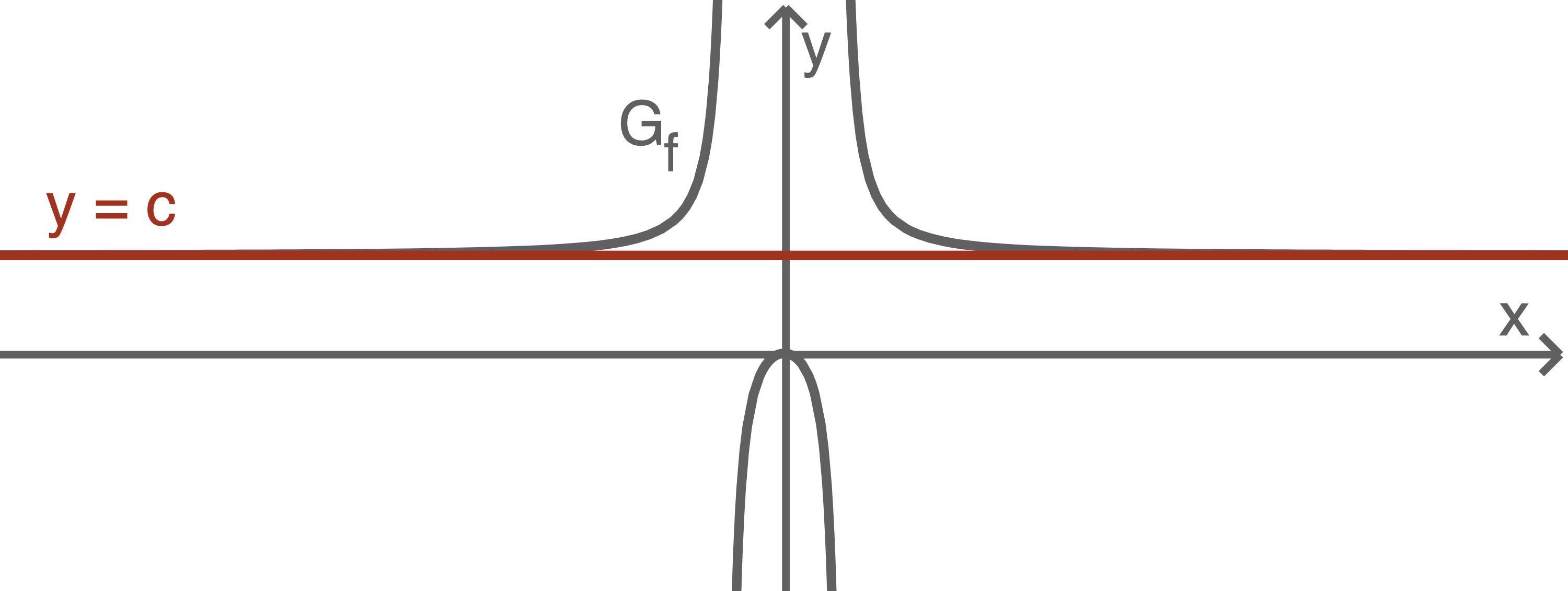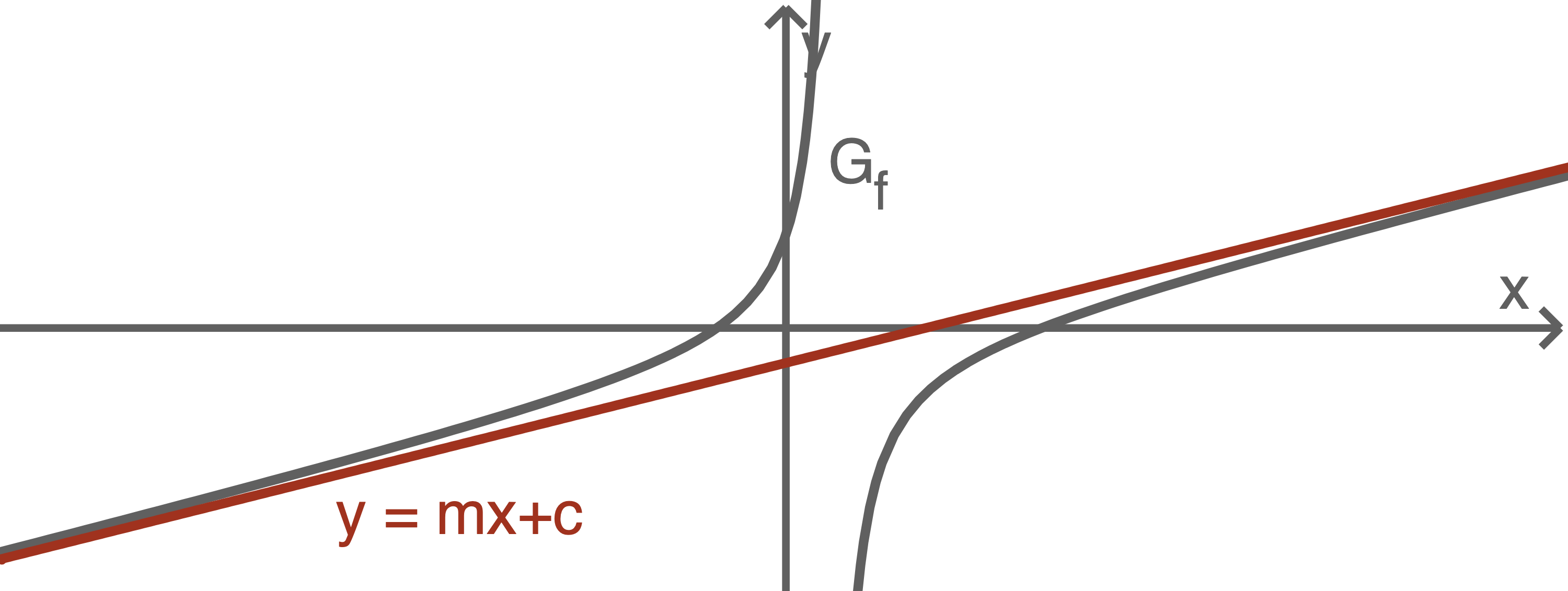Verhalten für x → +∞ und x → -∞
Satz
Istkonvergiert für
und
gegen
und
hat die waagrechte Asymptote

konvergiert für
und
gegen einen Wert
und
hat die waagrechte Asymptote
lässt sich als Quotient der Leitkoeffizienten von
und
berechnen.

divergiert für
und
und
hat eine schräge Asymptote

1
Beschreibe das Verhalten der Funktion  für
für  und
und  und begründe.
und begründe.




a)
b)
c)
d)
2
Gib die Gleichungen der Asymptoten des Funktionsgraphen von  an.
an.




a)
b)
c)
d)
Weiter lernen mit SchulLV-PLUS!
monatlich kündbarSchulLV-PLUS-Vorteile im ÜberblickDu hast bereits einen Account?
1
a)
Wegen  gilt
gilt  und
und 
b)
Wegen  konvergiert die Funktion gegen
konvergiert die Funktion gegen  Es gilt
Es gilt  und
und 
c)
Wegen  gilt unter Beachtung der Vorzeichen
gilt unter Beachtung der Vorzeichen  und
und 
d)
2
a)
waagrechte Asymptote:  senkrechte Asymptote:
senkrechte Asymptote: 
b)
waagrechte Asymptote:  senkrechte Asymptoten:
senkrechte Asymptoten: 
c)
schräge Asymptote:  senkrechte Asymptote:
senkrechte Asymptote: 
d)